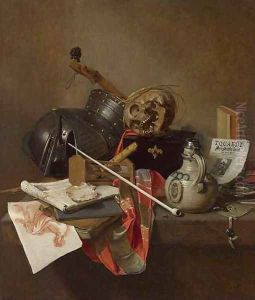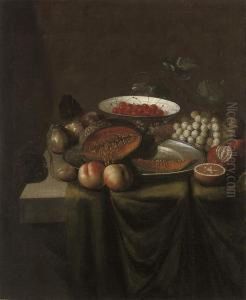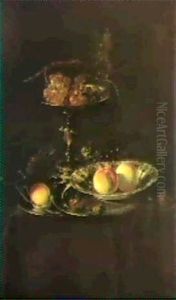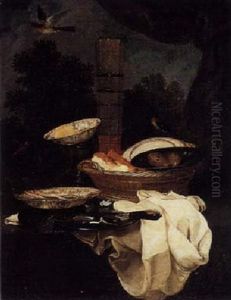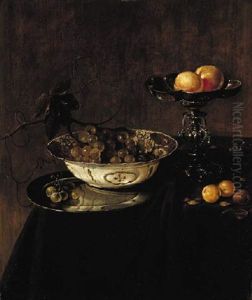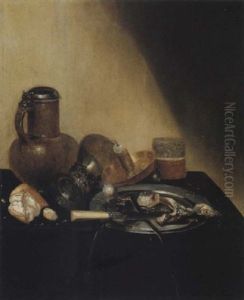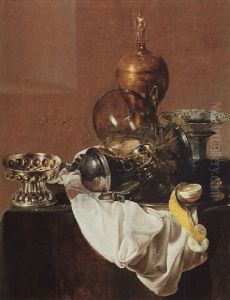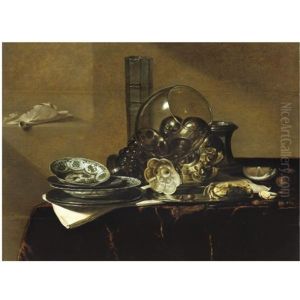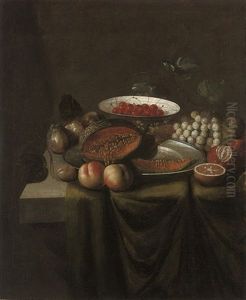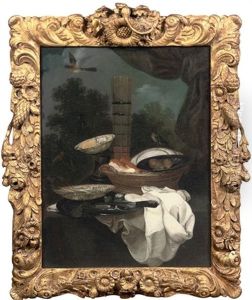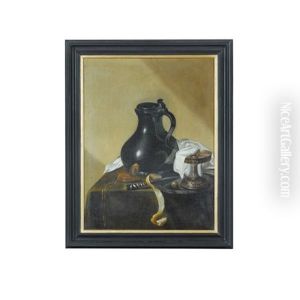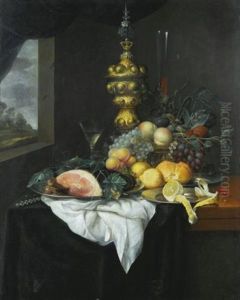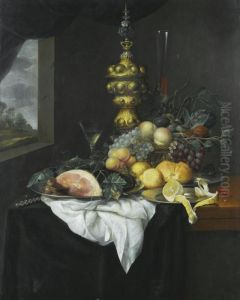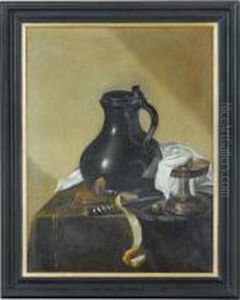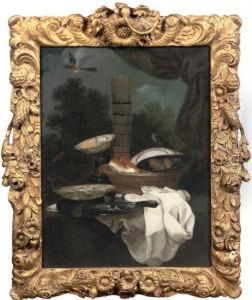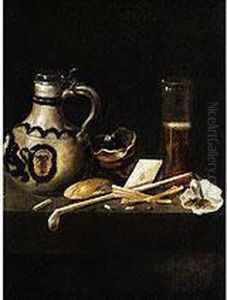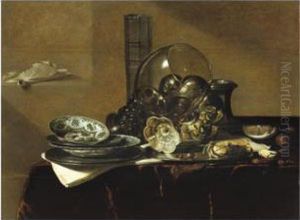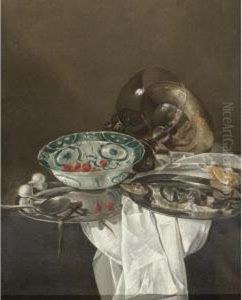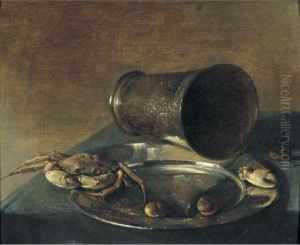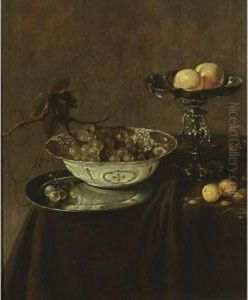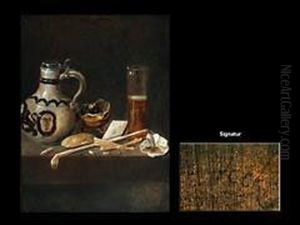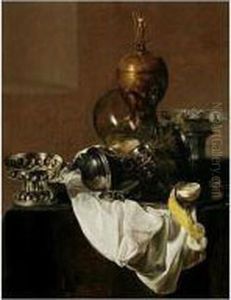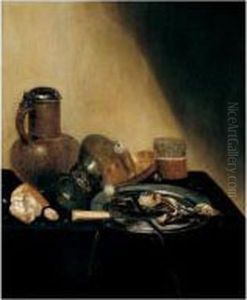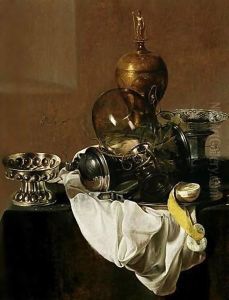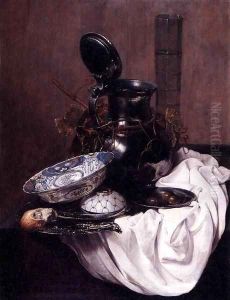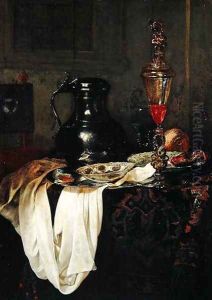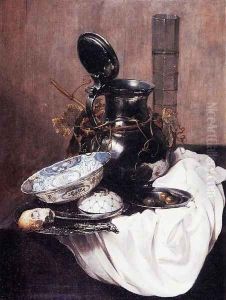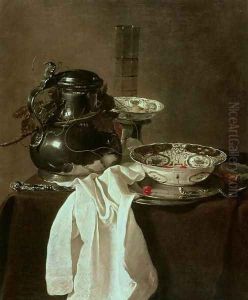Jan Jansz. Treck Paintings
Jan Jansz. Treck was a Dutch Golden Age painter, renowned for his still-life works and particularly for his vanitas paintings. Born in Amsterdam in 1606, Treck was part of a flourishing artistic movement in the Netherlands that was characterized by a fascination with the transient nature of life and the inevitability of death.
Treck's works often included symbolic objects such as skulls, hourglasses, and extinguished candles, serving as reminders of the fleeting moments of life and the importance of living a moral life. His paintings were meticulously crafted, displaying a mastery of texture, light, and composition that was typical of Dutch still-life painters of the period.
Throughout his career, Treck was influenced by other notable artists such as Pieter Claesz and Willem Heda, who were also prominent still-life painters of the time. Treck's work was well-regarded, and he was an active member of the artist's guild in Amsterdam.
Jan Jansz. Treck's paintings were not only reflections on mortality but also showcased the material wealth and luxury items of the Dutch mercantile class. He often painted fine glassware, rich fabrics, and detailed renditions of food, which also served to highlight the technical skill and precision of his painting technique.
Despite his contributions to Dutch art, Treck's life was not well-documented, and much of what is known about him comes from his surviving works and the records of the artist's guild. He passed away in Amsterdam in 1652. Treck's legacy continues through his paintings, which remain on display in various museums and collections, offering insight into the themes and styles that dominated the Dutch Golden Age of painting.
